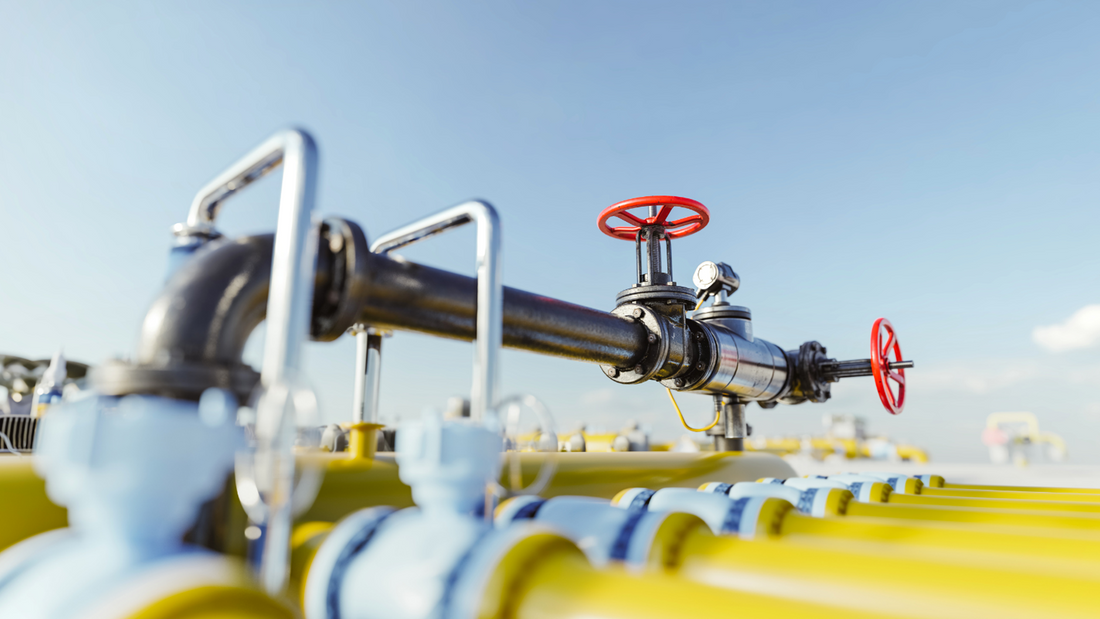
The Current Role of Natural Gas in Italy and the Challenges for 2024
Share
Natural gas has been one of the main sources of energy in Italy for years, used both for domestic heating and for industrial production. However, 2024 marks a turning point for the energy sector, in line with the policies of transition towards less impactful sources, a commitment undertaken both at national and European level. This transition has become crucial to reduce dependence on fossil fuels and limit the environmental impact, especially in a context of continuous increases in the prices of gas and raw materials. The increase in costs and the instability of the international market are pushing more and more Italian families and companies to evaluate alternative sources to natural gas, such as LPG, particularly useful in areas not served by the natural gas network, or photovoltaic installations. We analyze the strategies and solutions available to address the energy transition in a sustainable and convenient way. Why Look for Alternatives to Natural Gas? The last few years have seen a progressive increase in the prices of natural gas, due to a series of economic and geopolitical factors. For Italy, which imports a large part of its gas, instability on global markets represents a serious problem. Consequently, adopting local energy sources, such as solar energy or LPG for those not reached by methane, offers a solution that reduces dependence on imports. In addition to economic savings, reducing the use of methane promotes compliance with European directives for sustainability, incentivizing solutions that limit CO2 emissions. LPG as an Alternative to Methane: Why It's Convenient For those who live or run businesses in isolated areas, not served by methane, LPG represents a concrete and reliable option. LPG tanks, also offered by companies such as Ecogenera, are a versatile and convenient solution for energy supply in domestic, agricultural and industrial settings. Here are the main advantages of LPG as an alternative source:
• Accessibility in remote areas: Perfect for areas not covered by the methane network, LPG can be transported and stored in tanks of different capacities.
• Lower emissions than diesel: For agricultural and industrial activities, switching from diesel to LPG results in significant reductions in emissions.
• Versatility and flexibility: LPG can be used for heating, industrial production, and as a backup fuel for energy emergencies.
Photovoltaic Systems: Clean Energy and Energy Independence Alongside LPG, photovoltaics are the ideal solution for those who want greater energy autonomy and a smaller ecological footprint. Modern photovoltaic systems, equipped with storage batteries, allow homes and businesses to significantly reduce gas consumption. In particular, advanced photovoltaic inverters guarantee optimal performance and constant monitoring, allowing real-time control of energy savings. Some of the main advantages of photovoltaics include:
• Reduction of energy costs: Self-producing energy allows you to save on gas bills.
• Sustainability: Using a clean energy source contributes to protecting the environment.
• Incentives and concessions: Tax breaks are available for the installation of photovoltaic systems, although some of the past incentives have been reduced.
The Biomethane Option: Sustainable Innovation Another alternative to fossil methane is biomethane, a gas obtained through the fermentation of organic materials. In Italy, biomethane is gaining popularity and is used as a substitute for traditional methane, especially in the agricultural and industrial sectors. This type of energy, derived from agricultural waste, offers a renewable and local solution that significantly reduces environmental impact. What to Expect for the Future? The future of energy in Italy is increasingly oriented towards hybrid and decentralized solutions, in which the use of methane will be supported and gradually replaced by renewable and less impactful sources such as photovoltaic and LPG. It is estimated that in the coming years the technological evolution in the photovoltaic field and the expansion of the LPG infrastructure will bring significant benefits to individuals and companies. The possibility of combining multiple energy sources, such as photovoltaic for the day and LPG as a backup, perfectly meets the needs of an energy transition. In this context, Ecogenera is a point of reference for the installation and management of energy systems, both photovoltaic and LPG, offering tailor-made solutions for more efficient and sustainable consumption. Conclusion 2024 represents a year of significant changes for the Italian energy sector. Relying on solutions such as LPG and photovoltaics can guarantee continuity of energy supply and economic advantages even in an uncertain market context. If you are considering an energy conversion or simply want to reduce your dependence on methane, consider photovoltaics and LPG: efficient and environmentally friendly solutions for a more sustainable future.
